Introduction
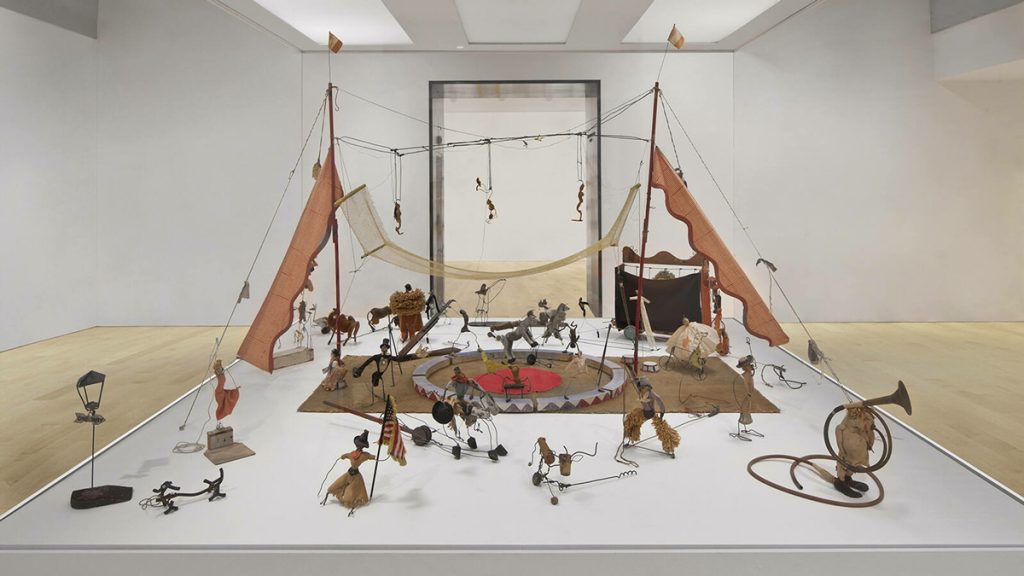
Calder’s Circus is one of the permanent treasures of the Whitney Museum, which embodies the playful essence brought by Alexander Calder (1898-1976) as an artist who shaped 20th century sculptures. This circus work was born during the artist’s creative period in Paris, and it is not as abstract as his suspended “movements”, but also full of vitality in its own way: the circus is mainly made of metal wire and wood, serving as the center of improvisation, in which Calder moves various character images, including shapeshifting people, sword swallowers, animal trainers, and so on, like a god like circus director.
Calder’s Circus
Alexander Calder
Alexander Calder was one of the most influential sculptors of the 20th century, known for creating unique dynamic sculptures. Calder’s works are known for their lightness, abstraction, and vitality, and his artistic style sparked a revolution in the field of sculpture.
The Creation of Circus
Calder’s circus was one of his masterpieces during his creative period in Paris. This circus is the creative crystallization of Calder, consisting of metal wires and wood, presenting various forms of circus performers with exquisite craftsmanship. These small sculptures can be moved and manipulated to create a lifelike circus performance.
The artistry of a circus
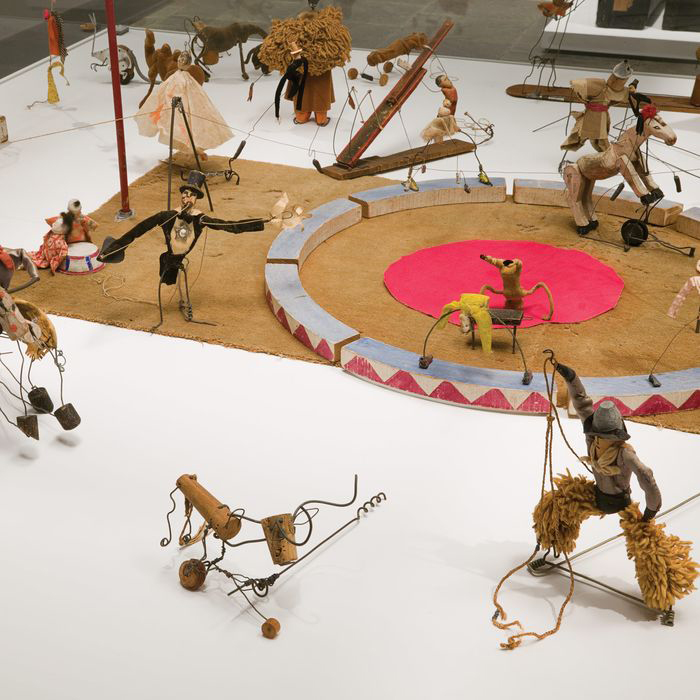
Non abstract representation
Although the circus is not as abstract as Calder’s suspended dynamic composition, it is still a work full of artistry. Each performer in the circus is exquisitely carved and detailed, showcasing Calder’s artistic skills.
Dynamic presentation
The circus showcased Calder’s dynamic artistic style. These small sculptures can be moved and reorganized to create dynamic performance scenes. The audience can personally experience the vitality and changes of the artwork.
The performance of a circus
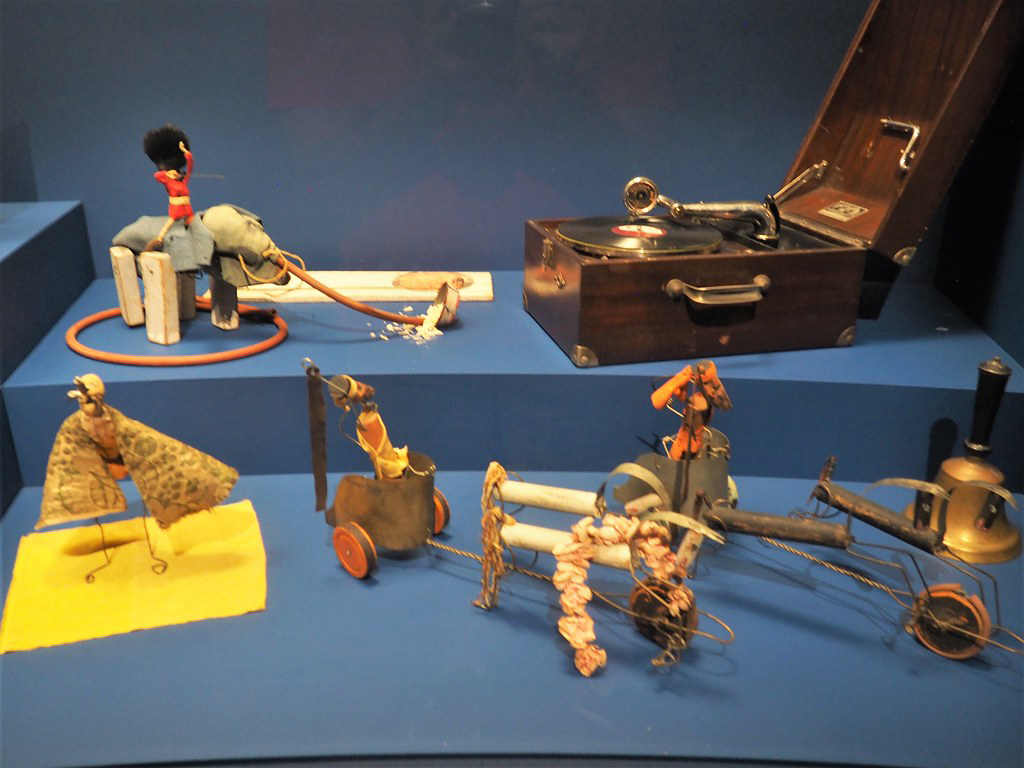
Improvisation performance
The circus is not just a static artwork, it is the center of Calder’s improvisation. Artists can move around the circus and operate performers, just like a circus director who controls everything. This interactivity adds extra charm to the circus.
Character image
The performers in the circus include shapeshifters, sword swallowers, and animal trainers, each with a unique personality and characteristics. Viewers can discover rich details and stories in these small sculptures.
The Cultural Value of Circus
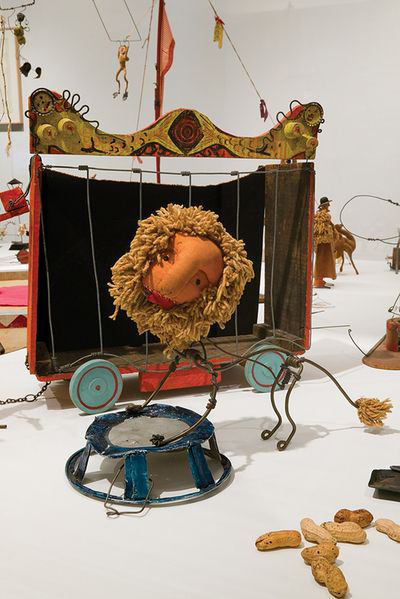
Treasures of the Whitney Museum
Calder’s circus is one of the permanent collections of the Whitney Museum, representing the outstanding achievements of 20th century sculpture. It is an important heritage of Calder as an artist and an important cultural asset in the history of American art.
The playfulness of art
The circus embodies Calder’s playfulness and sense of humor towards art. It presents a relaxed and cheerful atmosphere, allowing the audience to find joy in art.
Impact and Heritage
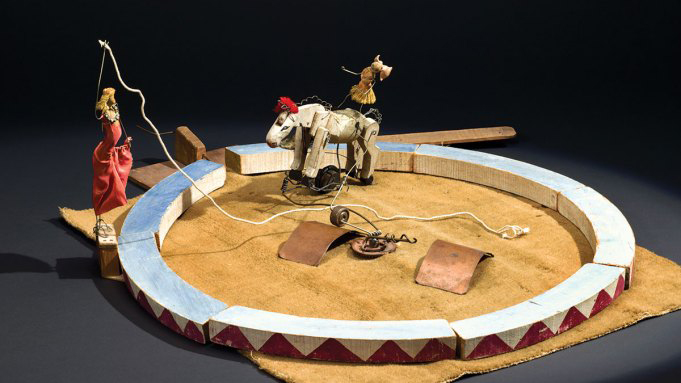
The interactivity of art
Calder’s circus encourages audience interaction with art. This interactivity stimulates the audience’s creativity and imagination, opening up new directions for the development of modern art.
The fusion of art and performance
The circus combines art with performance, presenting a unique artistic experience for the audience. It challenges the boundaries of traditional art forms and provides an example for the integration of art and performance.
Epilogue
Calder’s circus represents Alexander Calder’s innovative spirit as an artist and his unique contribution to art. This work is known for its vibrant forms of expression, rich details, and interactivity. It is not only a sculpture, but also a creative and enjoyable artistic performance. It continues to inspire audiences and artists, leaving an eternal mark on the future of art.

